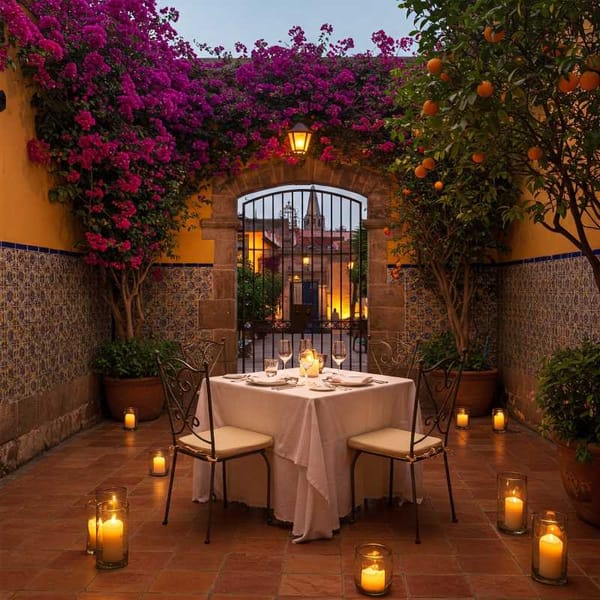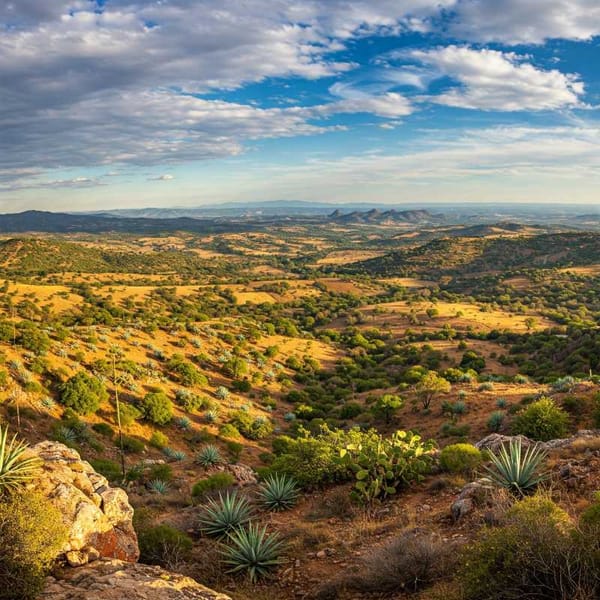Mangrove charcoal: a sustainable alternative for communities
Mangroves provide multiple environmental services, such as erosion control, shoreline protection, wildlife refuge, and timber resources, which are used for handicrafts, furniture, construction, and mangrove charcoal production.





